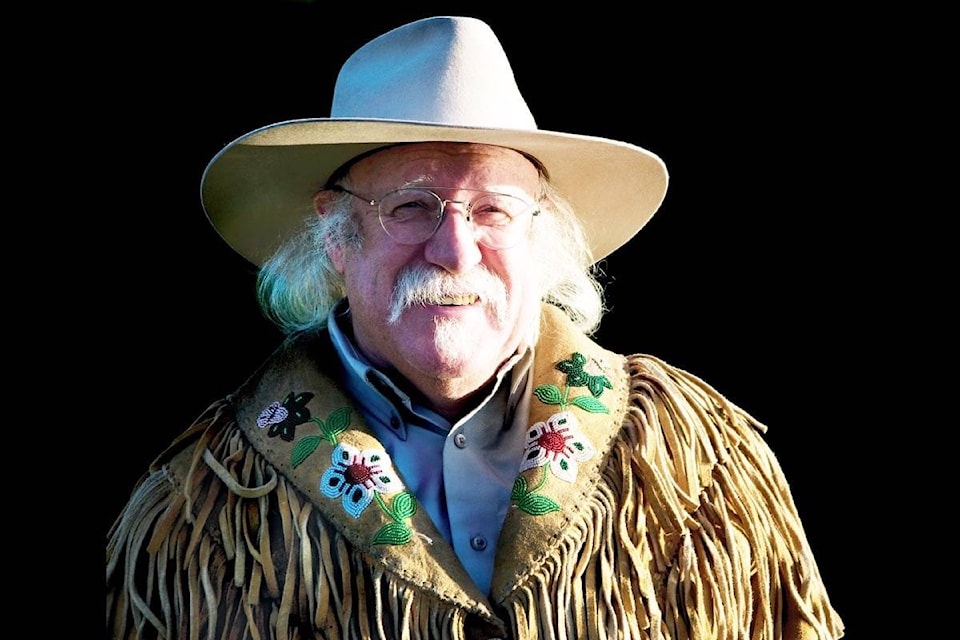It sauntered across the road not 20 feet in front of my vehicle, unaware that 3,000-plus pounds of iron and steel was bearing down on it.
I applied the brake and waited for the bear to cross and make its way up the side of the hill. It never acknowledged my presence. Mighty early for a bear to be out of its den I thought to myself. We both continued on our merry ways, but it got me thinking.
There are bears in just about every part of the province and, with the coming of warmer weather, more and more will be coming out of hibernation in search of food. Which means it is inevitable some of those bears will come into contact with people – all too often with disastrous consequences for the bears.
If you come into contact with a bear while walking your dog or hiking along a trail, remain calm, stop and evaluate the situation, back away slowly and give it space. Try to keep your focus on the bear so you can better asses its reactions without making direct eye contact. Do not turn your back on it or run away. Try to keep your dog under control and not let it approach or attempt to chase the bear. They will see both you and your dog as a threat – and a food source. Remember too that bears can move very quickly. Use bear spray or fight back only if the bear attacks.
Bears, especially black bears, have adapted extremely well to encroachment by humans. Subsequently, far too many bears have learned to associate people with food and will venture onto landfill sites and backyards in search of an ‘easy’ meal.
This altering of bear behaviour, known as food conditioning, combined with a loss of fear of humans through repeated contact, known as habituation, can result in potentially dangerous contact situations.
Read more: Column: Murder, mystery and the great outdoors
Read more: Column: Stay safe outdoors in the Shuswap by being prepared
Read more: Column: Gift a taste of the outdoors
The most effective way to prevent or avert such conflicts is simply to put away or remove any food stuffs that might attract bears such as garbage, bird seed, compost and fruit that has fallen from trees. Keep garbage in the house or in a secured container, garage or shed until pick-up day. Pick ripe and fallen fruit daily. Use bird feeders only in winter months and keep the nearby ground free of seeds and nuts. Clean your barbecue after each use and store it a secured area. Store pet food inside and bring pet dishes inside as well. Do not put meat products or uncooked food into your compost and keep it covered.
Learn about the Bear Smart Community Program, a voluntary conservation program designed to address the root causes of bear-human conflicts, reduce risks to human safety and private property, and reduce the number of bears that have to be destroyed each year. In most communities where attractants are managed properly through the Bear Smart program, there has been a decline in the number of bear-human conflicts and, subsequently the number of bears that have had to be destroyed.
Many people in B.C.’s Interior have chosen to live in rural and semi-rural areas that bears also call home. In effect, humans have, on one hand, displaced bears, and then subsequently lured them back into the same areas by leaving easy food lying around for them to feed on.
Bears tend to become more brazen when they are hungry, especially after coming out of winter hibernation. So it is absolutely imperative to remember that when you are heading out into the wilds, you are also entering into a bear’s natural territory. Black bears are large, strong, fast and dangerous. They are also unpredictable. Avoid contact at all costs. Common sense and due diligence will go a long way in preventing and averting bear-human contacts and conflicts. We must all do our part.
